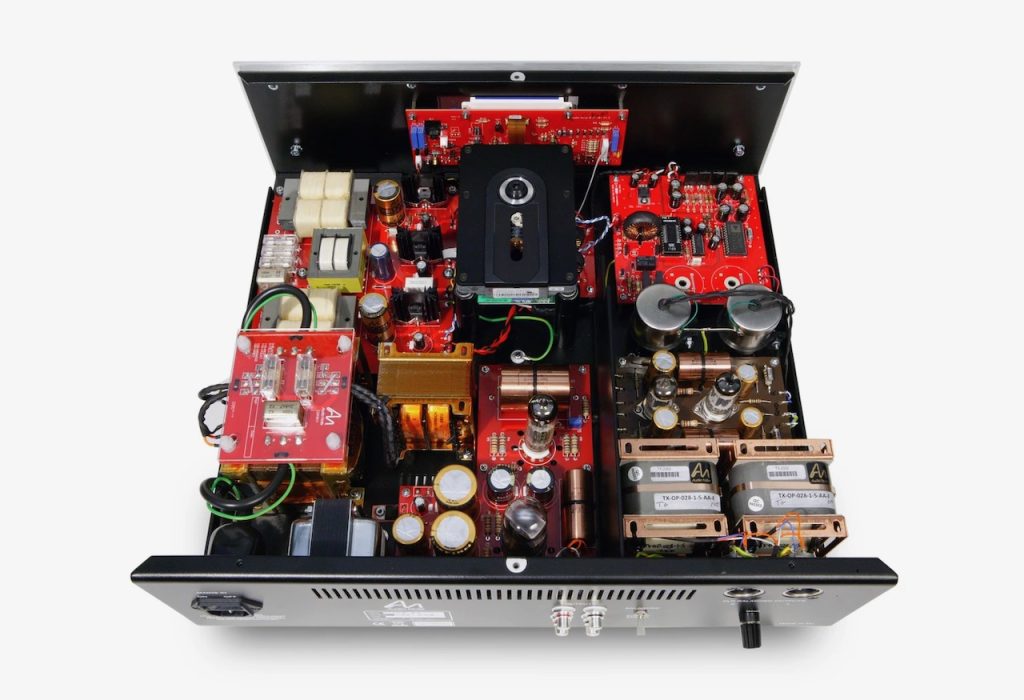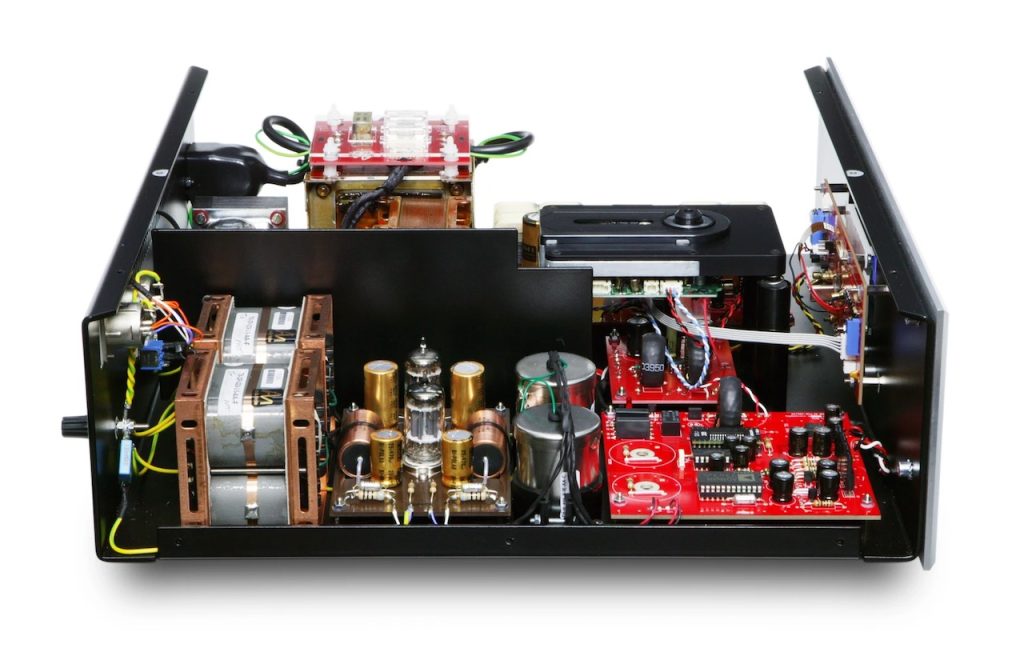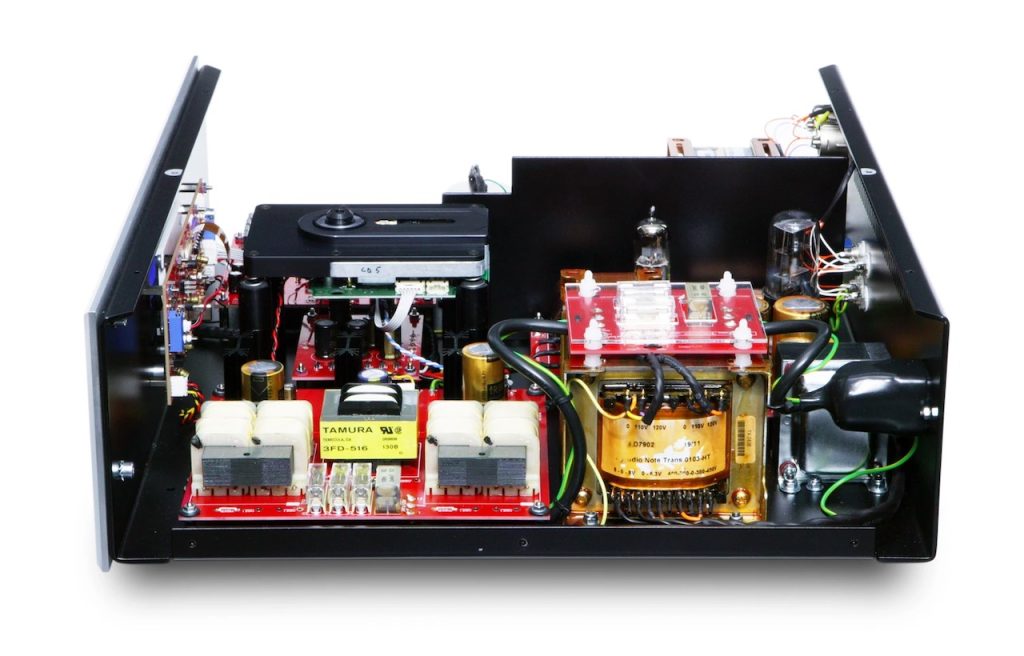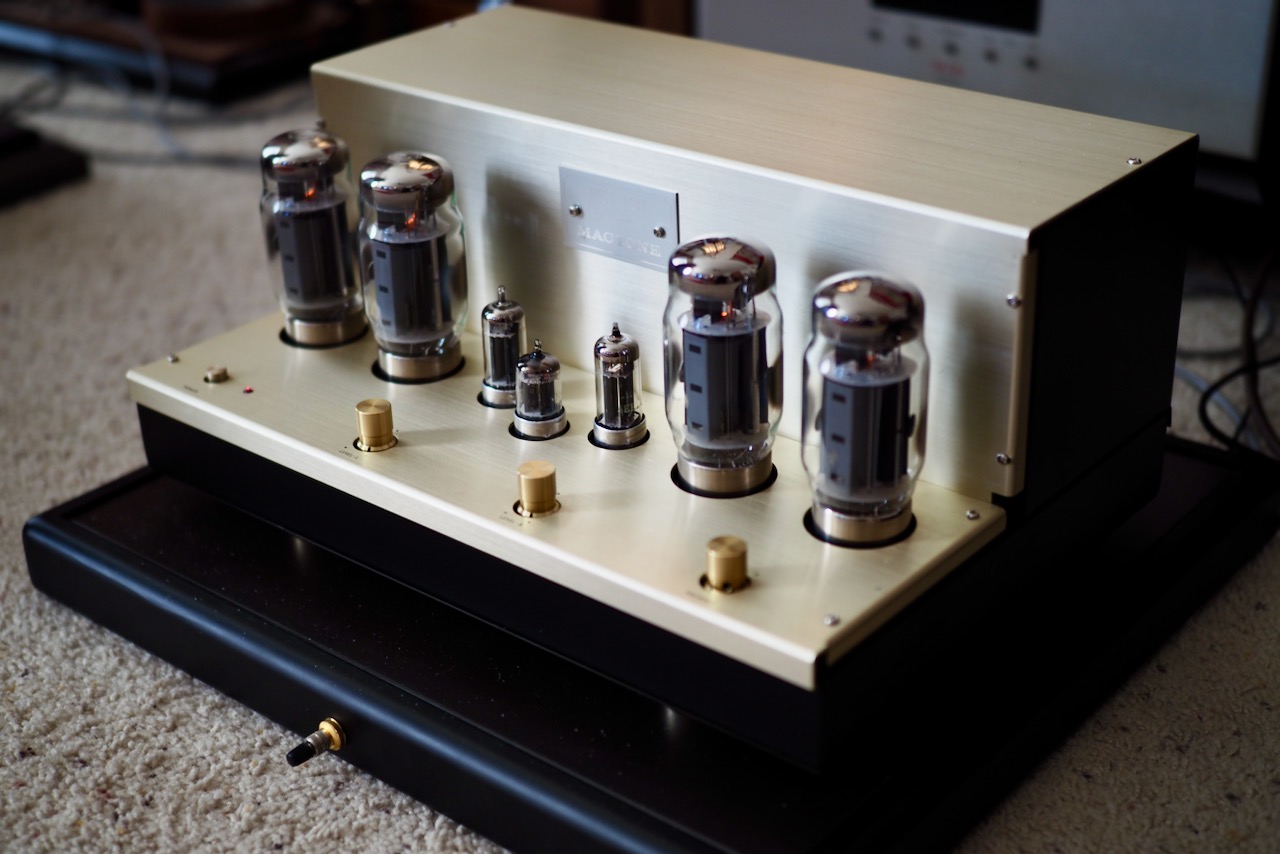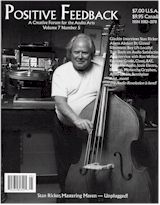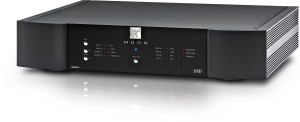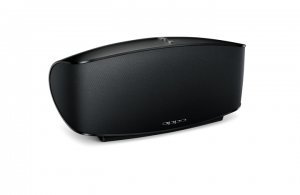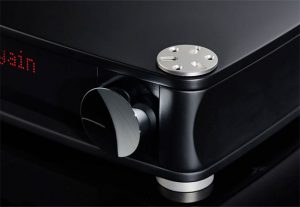CD 5.1x Technical Description
As most of you know, I'm a huge fan of integrated amplifiers, and almost all my favorite amplification devices are integrated.
There's usually a cost benefit to integrateds compared to separates, often a performance benefit, and they make it much easier to build and setup a high-performance, high-fidelity, 'forever' audio system. All good things in my book.
Like the late lead engineer at the Lockheed Skunk Works, Kelly Johnson, was fond of saying, "keep it simple, stupid".
For me, part of keeping it simple with audio technology is going integrated.
In that spirit, I think it's a misnomer to think of the Audio Note (UK) 5.1x as just a CD player.
In reality the CD 5.1x is an über quality transport and digital-to-analog converter (DAC) integrated into a single chassis, or as I like to think of the CD 5.1x, it is the equivalent of a Skunk Works 'Special Edition' integrated version of the top-loading Audio Note (UK) CDT Three CD transport and the digital section from the balanced DAC 4.1x.
I really like the integrated transport-DAC nature of the CD 5.1x, as it allows me to create a simple source, amplification, and loudspeaker system combination that is at a lofty level of high-fidelity performance.
Up until now I've been listening to the extremely satisfying and award winning Audio Note (UK) 4.1x CD player (review HERE), so I asked Darko Greguras—Audio Note (UK)'s digital design guru—if he would tell us about the differences between these two titans of CD players.
Here's what Darko had to say:
"In simple terms, the CD5.1x combines elements of the CDT Three CD transport and the digital section from the DAC 4.1x Balanced, where CD4.1x is closer to a combination of the CDT Two/II CD transport and an upgraded DAC2.1x. So there is a very large difference between the two models, both in design and component choices."
"Our decision to go that far with a single chassis CD player meant the biggest technological and philosophical difference between any other two CD players in our range."
"On the CDT side of its design, the CD5.1x has an advantage by utilizing an improved PSU for the motor section, combined with a more sophisticated dual differential SPDIF buffer. These important technical aspects help to ensure and preserve greater authenticity, a fuller presentation at the lower end of the spectrum and more subtle low-level information retrieval. Maintaining this level of nuance is critical at this stage, as that which is lost during this very first step (i.e. the source) will be lost forever."
"The differences in the DAC sections are even greater (above): the digital board is identical to the one found in the DAC5 Special, DAC5 Signature, and the Fifth Element. The AD1865 onboard discrete PSU is based on an ultra-low noise open loop shunt arrangement feeding the AD1865, followed with a pair of copper-copper I/V transformers wound in-house on larger cores. This is, technically, the heart of the conversion, and the design target was very clear; to retain the natural signal flow with an improved energy extraction thanks to the larger cores of these I/V transformers."
"The line stage is based on our M5 Line Preamplifier, so a 'mini power amplifier' arrangement around the ECC82 vacuum tube (or 5814A, as used here) and the juicy 5687, through a pair of 35:1 SHiB double C core step-down transformers, which are designed to provide the best dynamic transfer."
"This is a major upgrade over the CD4.1x's SRPP ECC88 vacuum tube stage, and provides a far greater sense of power, grip (especially during a very quiet listening session), and low level signal retrieval. It also results in a dramatically reduced output impedance, typically < 10 Ohms."
"The HT regulator uses a combination of ECL82 and 6X5 vacuum tubes. This configuration stores less energy in the HT capacitors, which results in far closer signal tracing compared with the more traditional, passive arrangement in the CD4.1x. It is a classic, robust, trustworthy, and elegant design."
Many thanks to Darko for telling us about the design of the CD 5.1x compared to the CD 4.1x.
If you look at the Audio Note (UK) website for the CD 5.1x, there's a few other details of interest:
"(The CD 5.1x is a) Level Three Red Book CD Player. The CD 5.1x is a completely new machine which elevates the one-box CD player to hitherto unknown levels of performance. Never before has it been possible to achieve such quite astonishingly superior levels of digital replay from a single chassis, integrated design."
"The CD 5.1x features the top-loading Philips CD Pro 2LF CD mechanism, which we custom modify and improve in-house, bringing the performance of this already excellent mechanism up to a standard that is truly in a class of its own."
"The power supply is a valve rectified and regulated design, using a 6X5 and ECL82."
"The analogue output stage uses a combination of 1 x 5814a and 1 x 5687WB valves, feeding a pair of our world-renowned output transformers, using SHiB cores with copper primaries and secondaries."
"A mix of our own 0.5 watt and 1 watt non-magnetic Tantalum resistors are used in all critical areas, as are our own custom Audio Note (UK) foil / Mylar and electrolytic capacitors."
"The CD 5.1x uses our own in-house designed and manufactured digital transformers; silver wound for the transport side, and copper wound for the DAC side."
I should also mention that the über build quality of the CD 5.1x makes it as heavy as the Audio Note (UK) Oto Phono SE Signature integrated amplifier (~ 37 pounds) that I reviewed in Issue 108, which means you'll want to exercise care when unpacking it or moving it around on or between equipment racks if you want to protect your back. I found myself hobbling around for a week due to not according the CD 5.1x proper respect with my lifting technique when moving it between audio systems. It's heavy!




